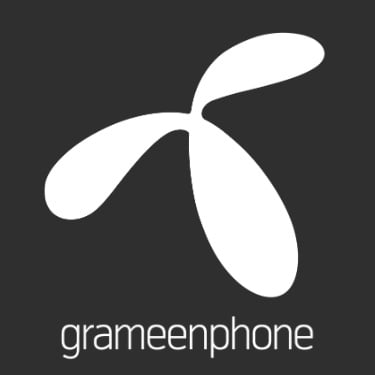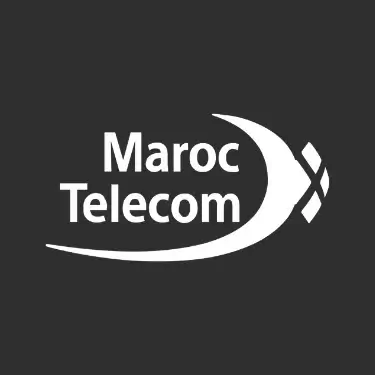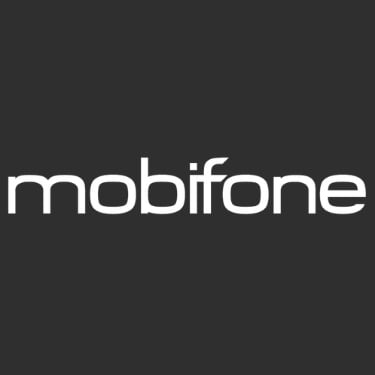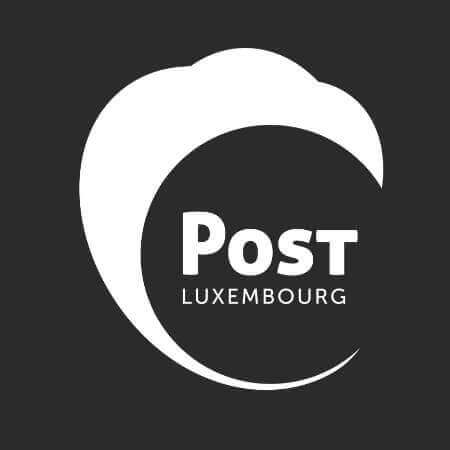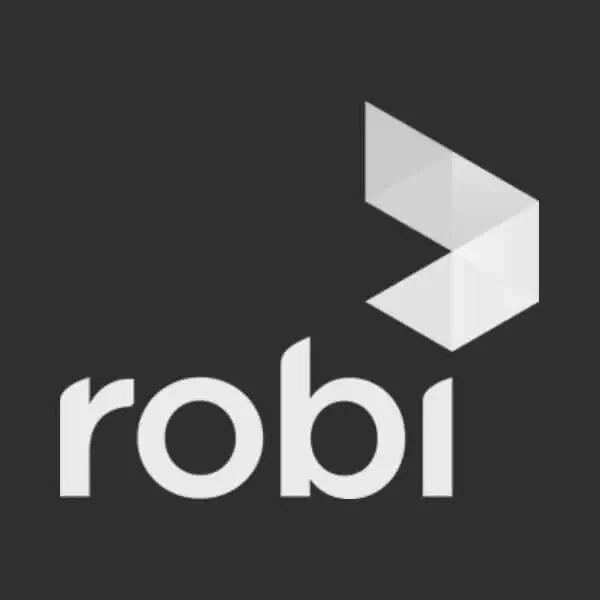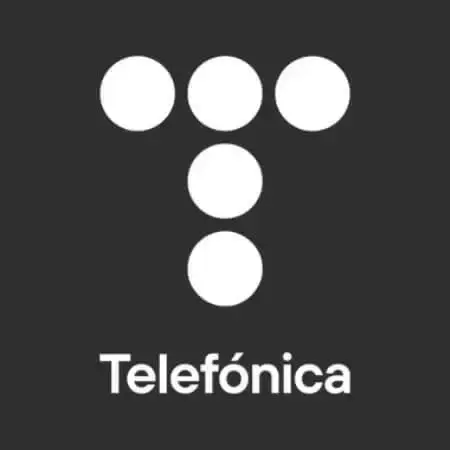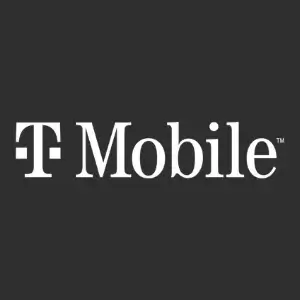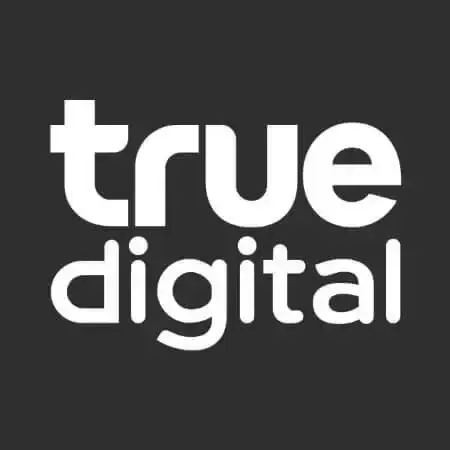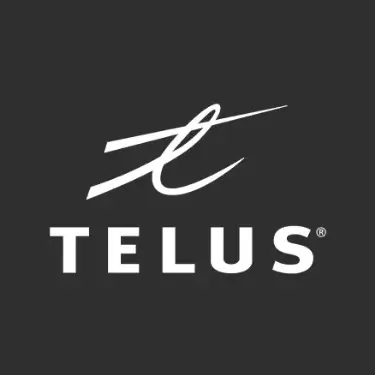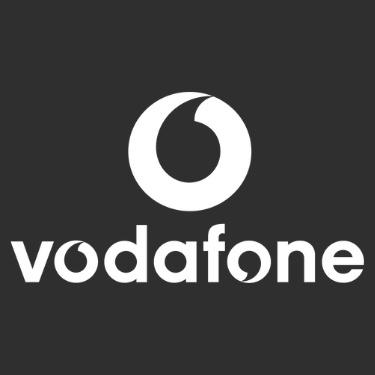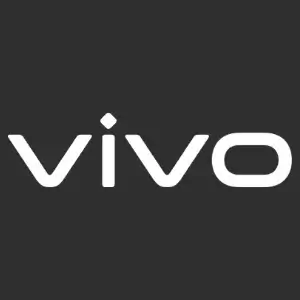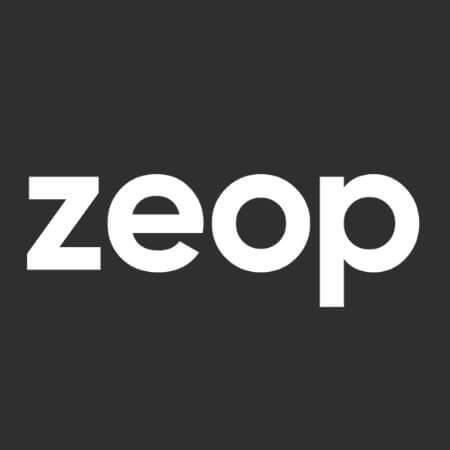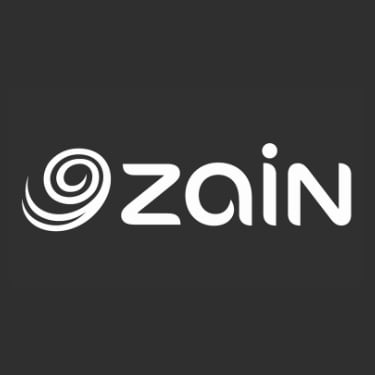Featured article in TMForum blog: Top monetization use cases
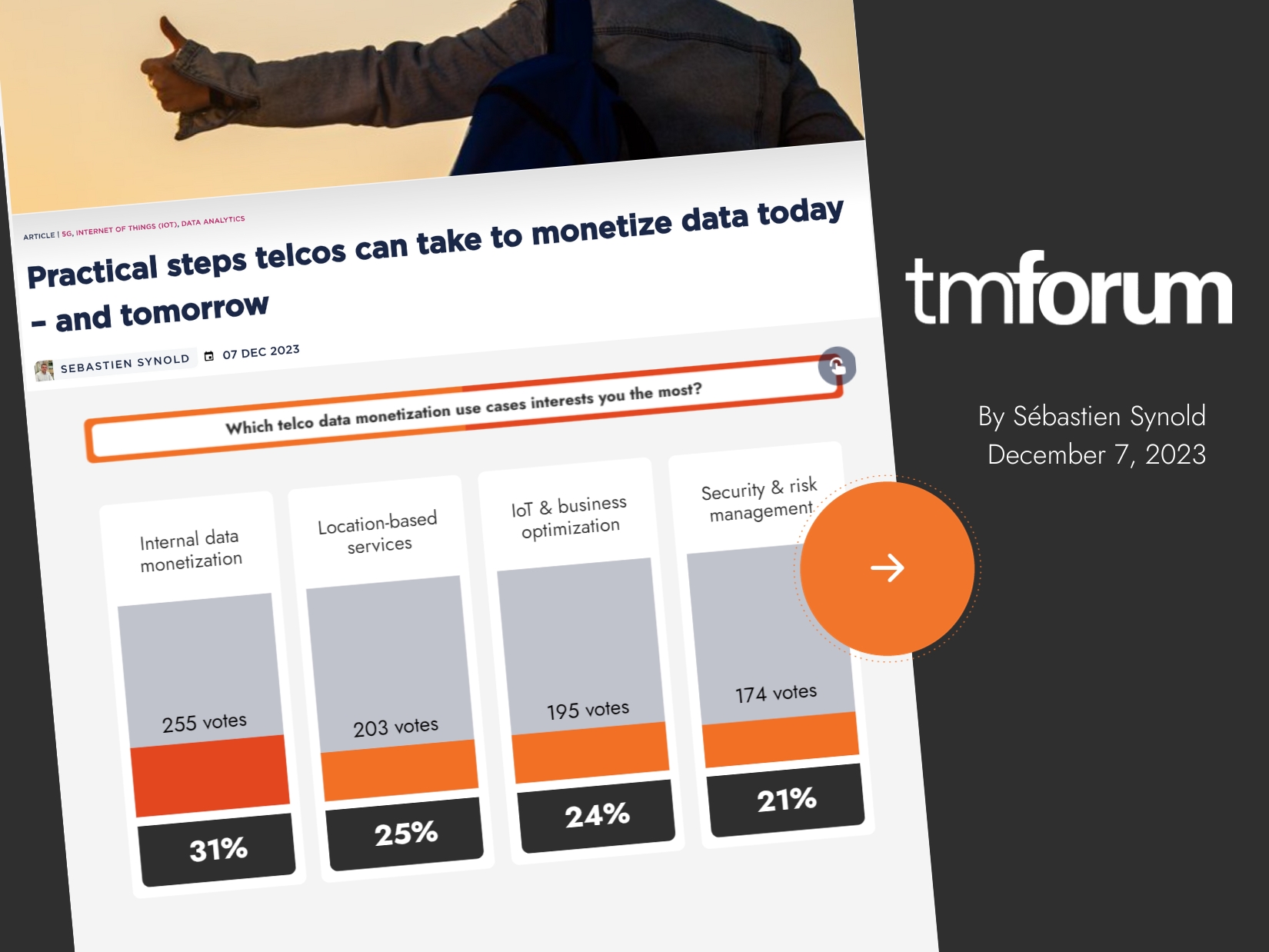 Featured article in TMForum blog: Top monetization use cases" />
Featured article in TMForum blog: Top monetization use cases" />
Sébastien Synold, product manager at Intersec, wrote a article published in TM Forum's Inform blog, titled "Practical Steps Telcos Can Take to Monetize Data Today – and Tomorrow" which addresses challenges faced by mobile operators in monetizing customer data.
The article delves into the challenges faced by mobile operators in effectively monetizing the wealth of customer data they accumulate. Recognizing the pivotal role of data monetization in augmenting revenue and curtailing costs, we conducted a global poll among over 800 telecommunications industry professionals to identify the most promising avenues for telcos to capitalize on data both presently and in the evolving landscape.
Practical steps telcos can take to monetize data today –and tomorrow
Mobile operators collect a gold mine of data about their customers’ behavior, preferences, and location, but they often don’t know how to monetize it. Solving this challenge is key to increasing revenue and reducing costs. A new, global poll conducted by Intersec highlights the most promising ways for telcos to monetize data now and in the future.
Communications Service Providers (CSPs) are well aware of the daunting challenges they face. As they collectively spend billions to deploy new 5G infrastructure and modernize support systems, their revenue remains stagnant. They are coping with macroeconomic issues that are out of their control. And they are struggling to compete with digital companies that are unencumbered by regulation and better at attracting the kind of talent CSPs need to transform their businesses.
Yet telcos are more optimistic than ever about their potential to increase revenue. They see new opportunities to use the vast amount of data they collect to optimize and expand their services, especially as 5G is deployed. They just need the right tools.
Analyzing the opportunities
In October and November, Intersec conducted an informal poll of more than 800 people working in the telecommunications industry to determine which data monetization use cases hold the most promise. Respondents included Intersec customers and followers, plus subscribers to specialized telecoms media.
The graphics below show the results highlighting four key groups of data monetization use cases. While some of them offer opportunities now, others will become more important in the future.
It’s not surprising that internal data monetization garnered the most votes. This is a well-established and successful set of use cases focusing on collecting customer and network data to personalize services and upsell or cross-sell additional services.
But monetizing data internally is not enough for telcos to reclaim their position in the services value chain and increase revenue. They must look to use cases that offer opportunities for external data monetization through their enterprise customers and partners in B2B2X digital ecosystems.
Interestingly, the other three families of use cases are quite balanced in terms of vote. While the poll does not find a single “killer app”, it demonstrates equally relevant ways to use data now and later, once mobile operators have deployed 5G ubiquitously, including the 5G Standalone specifications requiring a cloud-native core network capable of network slicing.
How to monetize data
To monetize data, CSPs need a big-data analytics platform capable of collecting and extracting terabytes of raw subscriber activity and network events in milliseconds. AI and machine learning algorithms are also necessary to process, label, organize, and segment the data so it can be delivered as highly contextualized datasets that ensure compliance with regulations protecting customers’ privacy. These capabilities can increase revenue and enable cost savings across use cases.
Internal data monetization
For example, a CSP could use the platform’s micro-segmentation capabilities to label subscribers with tags based on demographics such as age and gender, geographic location such where they live and work, most visited places, and the customer’s behavior and interests. These tags then can be analyzed to increase customer engagement, upsell or cross-sell services, and reduce churn.
By adding geolocation capabilities an operator could set up a geofence around an area where 5G is deployed and then send upgrade offers via SMS to 3G and 4G customers as they enter the area. This increases average revenue per user (ARPU), increases customer satisfaction, and helps operators measure the impact of 5G.
Location-based services
Operators can extend these capabilities to their enterprise customers and partners. One huge opportunity for telcos to monetize location-based data externally lies in regulatory requirements to phase out third-party cookies by the end of next year. As a result, marketers across industries are looking for new ways to conduct targeted advertising.
Telcos’ unique coverage of subscribers and territory means they can accurately locate any device at any time on their networks. This allows them to provide anonymized and reliable data to third parties – data that includes payment processing and isn’t limited only to telecoms services. Operators can create comprehensive and highly detailed customer profiles that marketers can use to identify demographic, geographic, behavioral, and interest-based patterns for hyper-targeted reach.
IoT and business optimization
IoT and business optimization use cases are most promising because they rely on the unique capabilities of 5G such as extremely low latency, high availability, high throughput, enhanced security, and the ability to slice, or segment, the network so that applications with very different requirements can share the same infrastructure. For example, private 5G is replacing Wi-Fi, enabling highly accurate location services. CSPs can provide IoT device management capabilities to help enterprises in manufacturing and other verticals track and manage their tools, vehicles, and other devices.
Even more exciting is the potential for CSPs to use 5G’s Network Exposure Function (NEF) to expose capabilities via APIs so that developers can create applications tailored to 5G networks. Intersec is supporting and participating in the work that standards-development and open-source groups like TM Forum, the GSMA Open Gateway Initiative and the CAMARA project are doing to advance 5G network APIs.
Security and risk management
Security-related use cases deliver cost savings by helping CSPs use geolocation to reduce fraud. This is a must-have capability that underpins all other use cases, and it can be extended as a service to enterprise customers such as banks.
In a real-world example of the potential to provide such capabilities globally across 5G networks, Brazilian operators Claro, TIM Brazil and Telefónica’s Vivo recently joined forces to launch three new security-related network API services resulting from their work in the Open Gateway Initiative. The Number Verify API service confirms a subscriber’s location and identity, while another called SIM Swap can be used to verify whether a phone number recently changed SIM cards. A third service, Device Location, confirms the location of specified devices. All the services are aimed at banks and other fintech organizations.
Summing it up
While there may be no single, billion-dollar use case for data monetization, Intersec’s poll highlights the practical steps CSPs can take toward new revenue. By applying lessons learned in internal optimization, they can develop use cases for external monetization through business partnerships powered by AI and 5G. With the right platform and tools in place, operators can successfully mine their vast data assets.
To read the article on TM Forum's Inform blog, please follow this link.
Intersec GMLC
High-quality Android, iOS, or hybrid solutions translated into great results.
”Marie Dupont
CEO
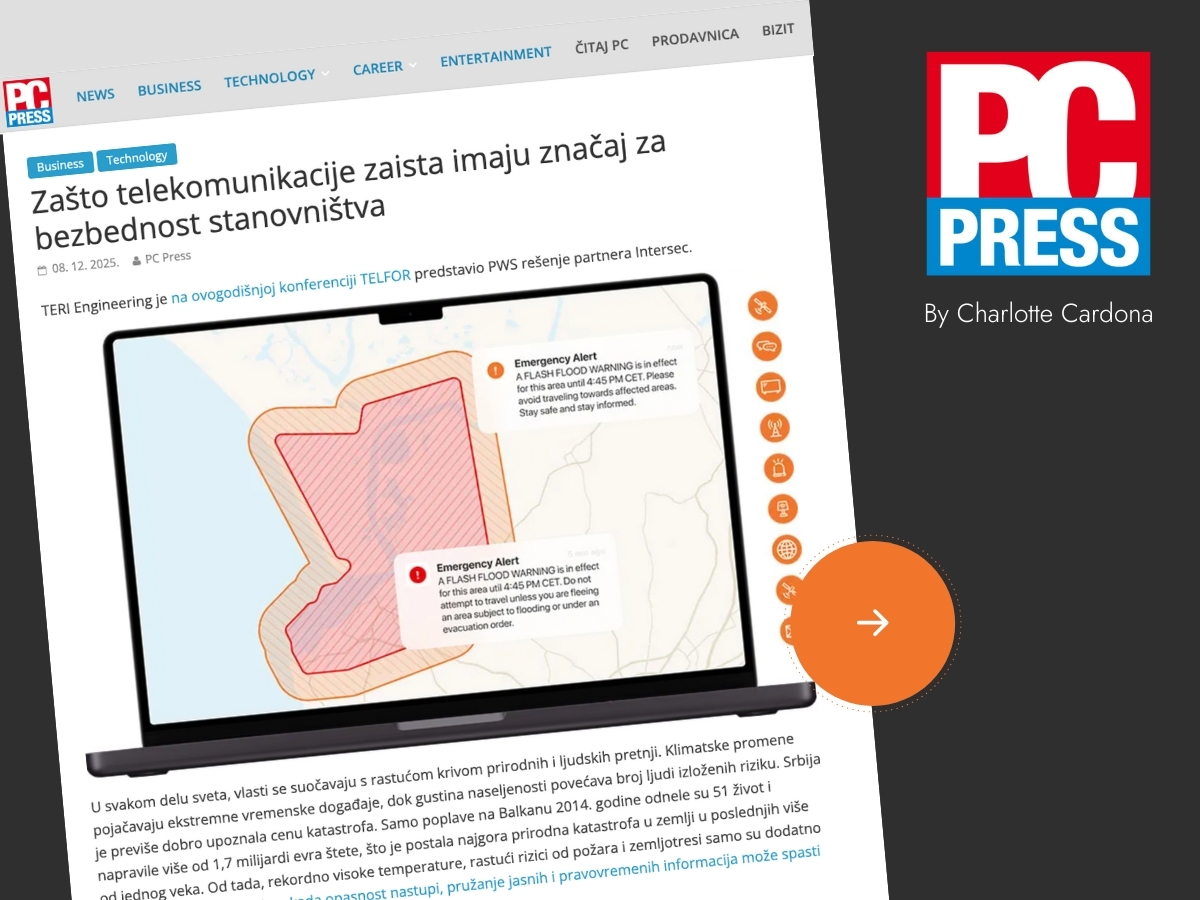
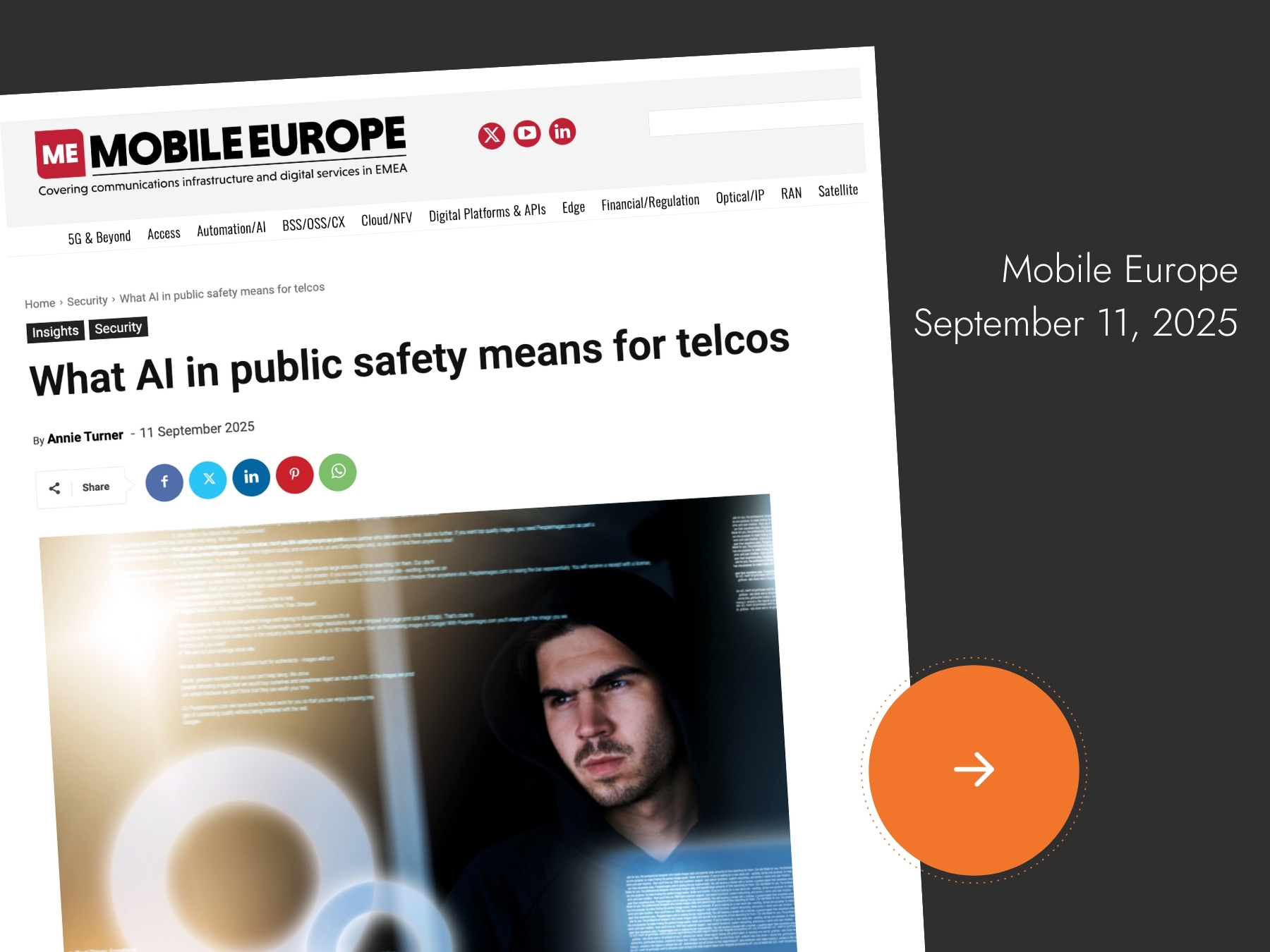


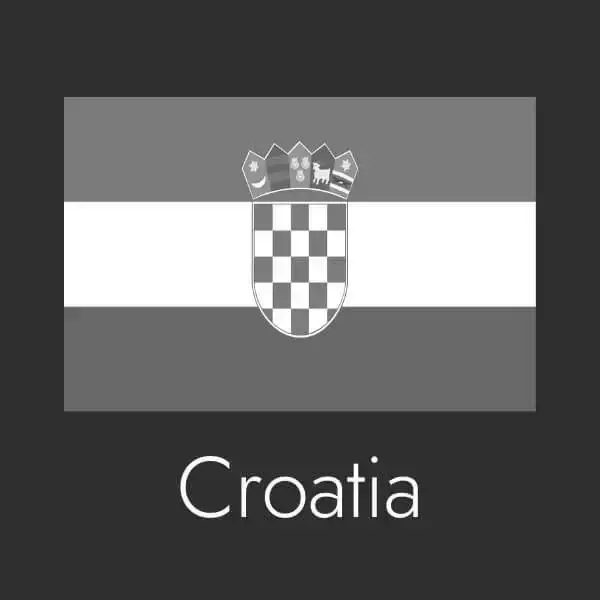

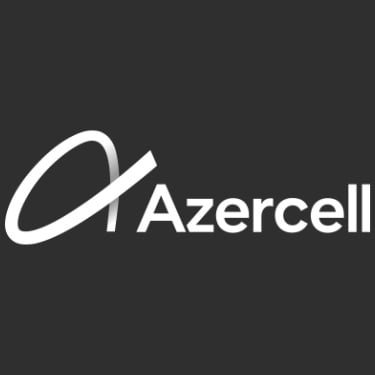

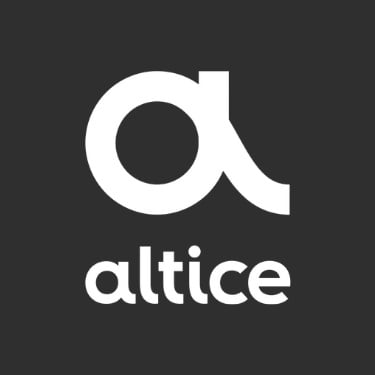
.webp)
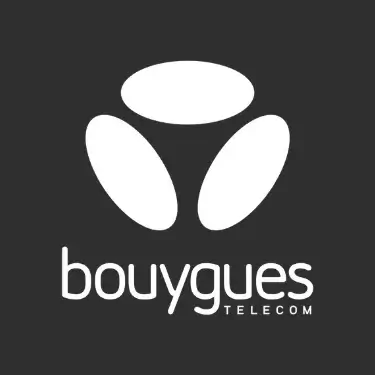

.webp)
